- Warehouse Wisdom. Weekly.
- Posts
- Warehouse Wisdom. Weekly. 07/05/2024
Warehouse Wisdom. Weekly. 07/05/2024
Only the most relevant news for SMBs to improve logistics – picked, packed, and delivered without the bias.
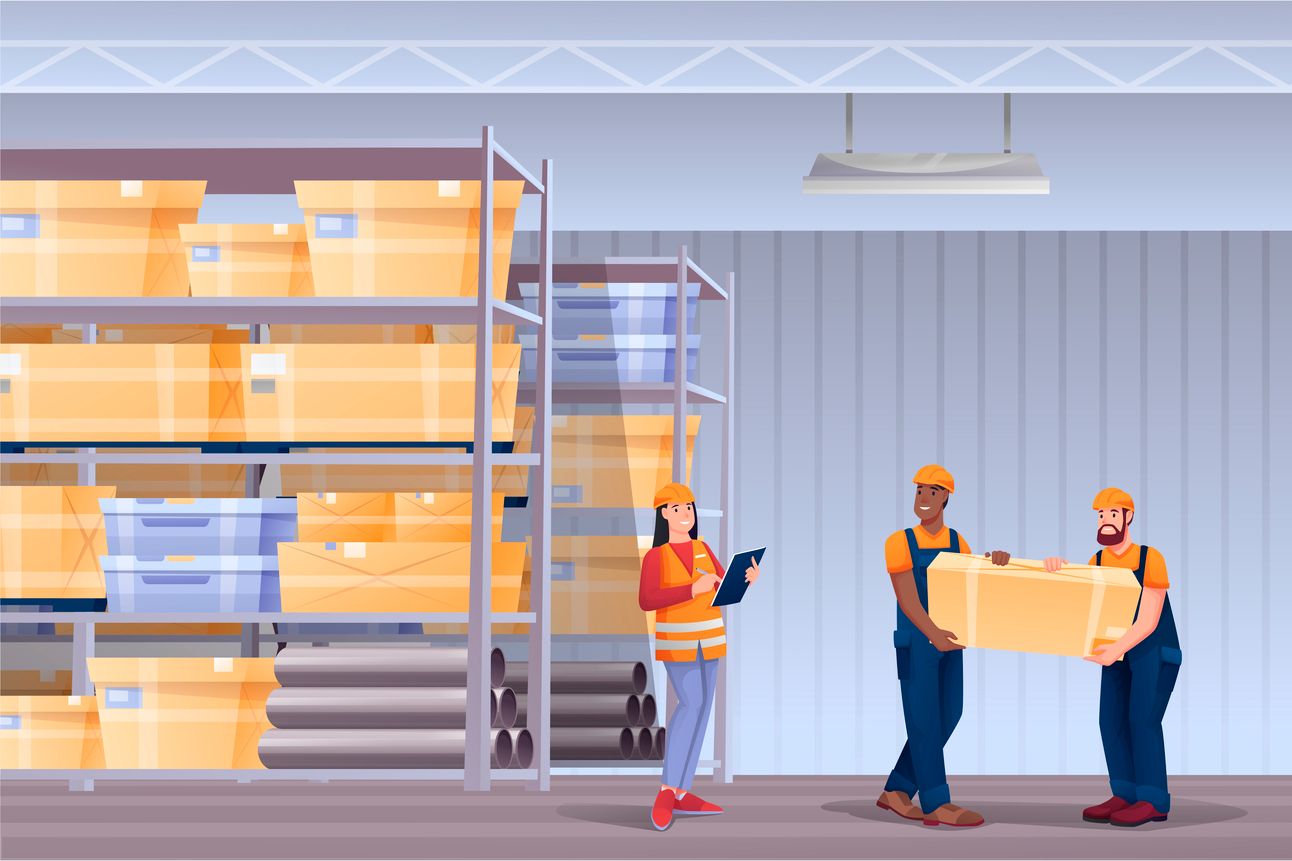
Happy Friday!
If you’re in the US, we hope you enjoyed celebrating the 4th of July. No celebration is complete without some sort of fireworks display, but the week’s logistics news brought reports of more than your typical displays lighting up the skies. In fact, in Florida, a man was arrested on charges of shooting down a Walmart delivery drone performing a test delivery in a residential neighborhood. Sounds like last mile logistics is going to require a particular set of skills to survive.
And the skies weren’t the only location for crazy warehouse news this week. A fraudulent “free” prank sign placed outside of a Portland commercial real estate developer’s warehouse resulted in a large crowd of people loading up trucks and trailers, or just walking away with furniture, mattresses, and other items stored inside.
Thankfully, most of the rest of the week’s headlines are quite as controversial. This short and condensed week of warehouse and logistics news includes designer handbag companies coming under fire for their supply chain tactics, e-commerce shipping disrupting the global freight forwarding market, truckers running out of parking spaces, more lawmakers taking aim at warehouse emissions, and more.
LOGISTICS VITALS
TIKTOK POPULARITY HAS ROOM TO GROW AS LEGAL CONCERNS LINGER

TikTok has been growing by leaps and bounds, but a recent Numerator report on consumer behavior found some interesting facts about the social media app that may shed some light on where you should be spending your marketing budget. TikTok is still 5th in popularity of all social media apps, after Facebook, YouTube, Instagram, and Pinterest. While a whopping 31% of US adults use the app, some of the data didn’t prove to be quite as monstrous:
$28 – the amount spent by an average user on the social media app, three times per year
4X – TikTok shoppers are four times more likely to shop at Temu
2X – TikTok shoppers are two times more likely to shop at Ulta, Kohl’s, or Target
18% - The percentage of Boomers that use the platform
Should TikTok be banned in the US, consumers in the survey indicated that they plan to shift to their spending power to Facebook (47%), Instagram (44%), and Youtube (40%).
ONLINE MARKETPLACES
SHADY SUPPLY CHAIN TACTICS BY DESIGNER HANDBAG COMPANIES EXPOSED AND MORE SIGNS OF A DIGITAL SALES SLUMP
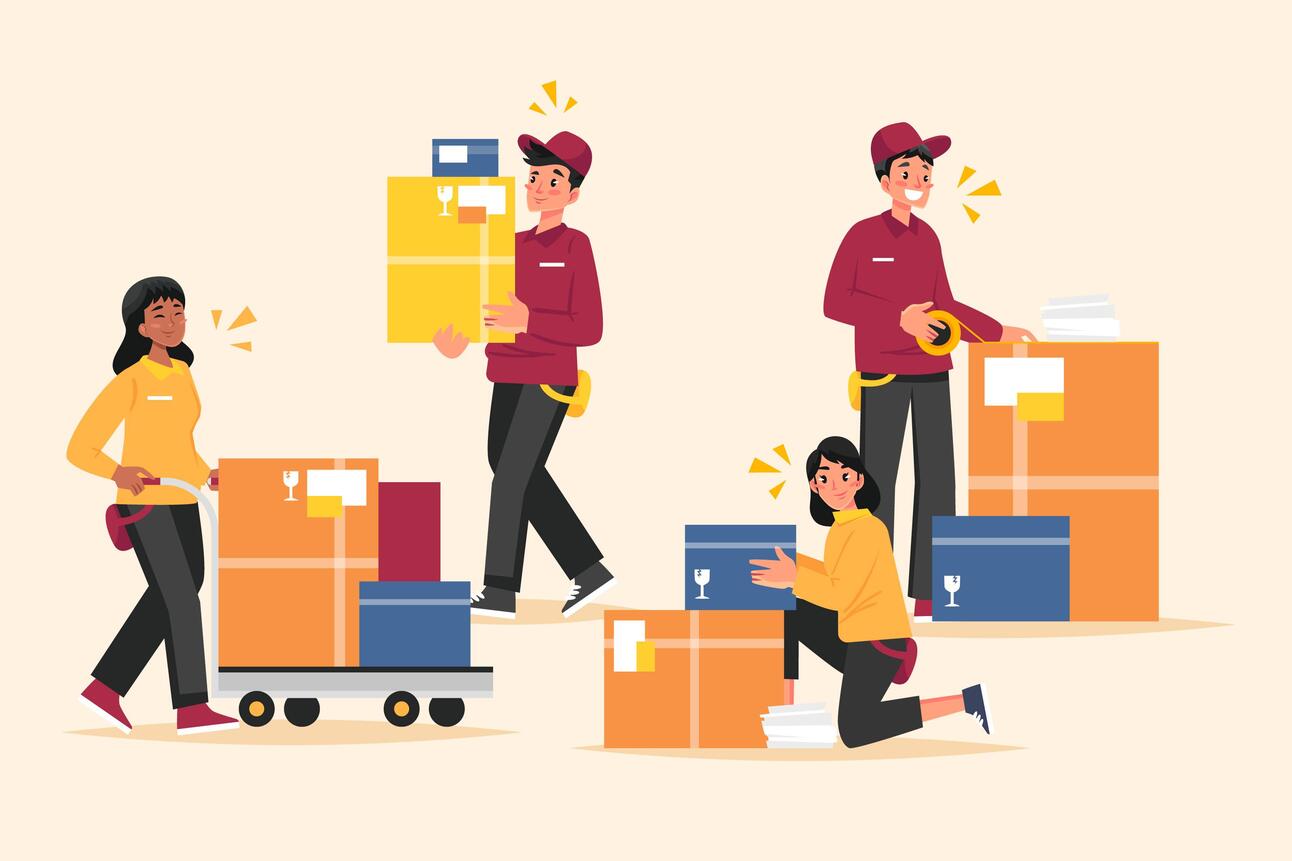
Say it ain’t so. Recent investigations into Dior's suppliers revealed a startling conclusion – that Dior has been paying as little as $57 to construct a handbag that sells for $2,780 in stores. Not necessarily the image that a luxury brand wants to portrait for those pricey accessories. Giorgio Armani factories didn’t fare much better, as the investigation uncovered as little as $99 paid for bags that sold for over $1,900 in stores. Meanwhile, both companies are facing accusations of exploiting foreign workers as well.
And is the DIY digital shopper becoming very cautious with their spending habits? Lowe’s sure thinks so, after reporting weak financial results, highlighted by online sales growing a meager 1% in the first quarter of fiscal 2024, and total sales declining 4.0% to $21.4 billion. Like many consumers on the whole, DIY shoppers are feeling the downturn in consumer spending on home projects.
One glimmer of hope for SMBs in online commerce comes by way of Alibaba this week. The global e-commerce giant announced that its AI tools have been adopted by approximately 30,000 smaller businesses on its platform, resulting in a 37% increase in product exposure. If you use their platfrom, AI continues to be a big part of their overall solution, giving SMBs more of a level playing field against the larger e-commerce players.
FREIGHT AND SHIPPING
ONLINE SALES ARE SENDING AIR FREIGHT RATES THROUGH THE ROOF AND TRUCK DRIVERS ARE RUNNING OUT OF PLACES TO PARK
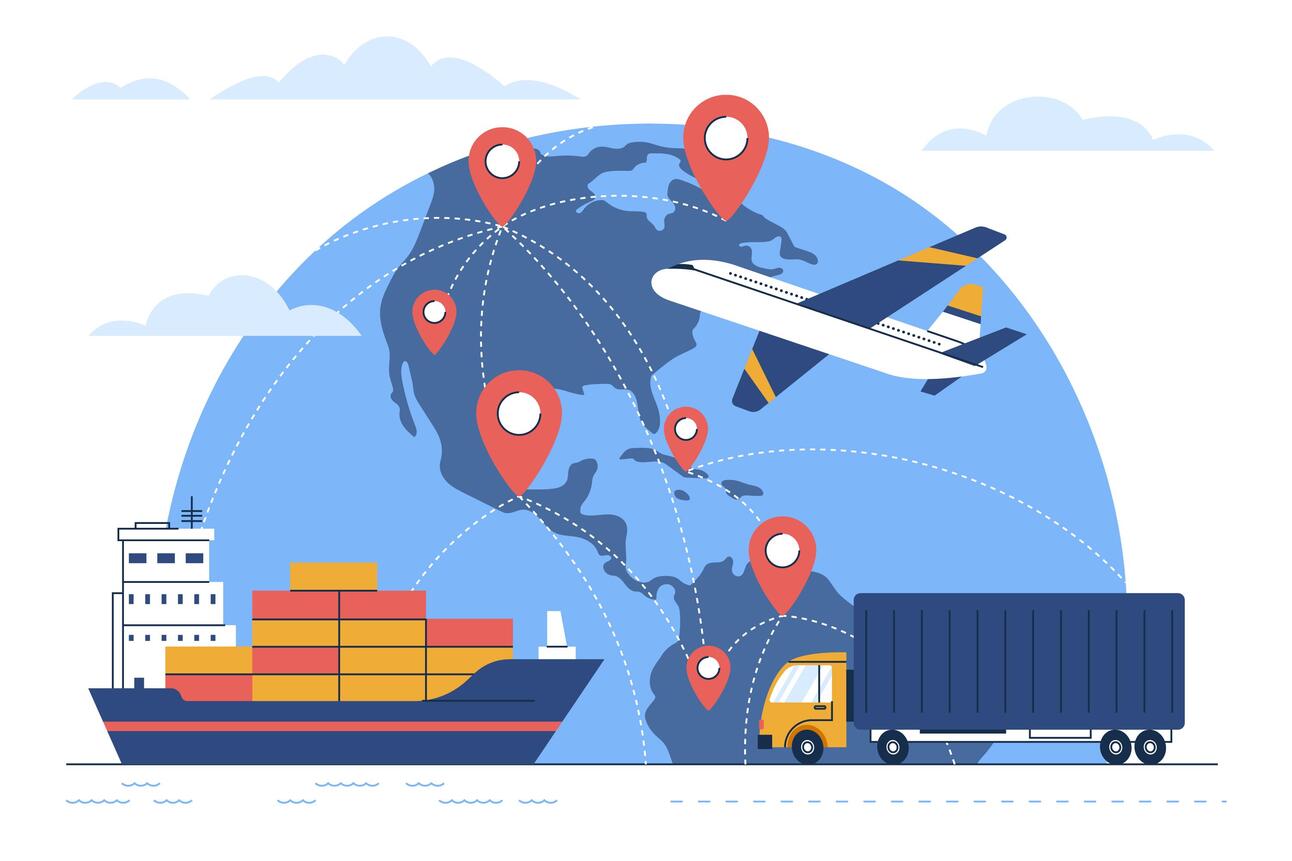
Apparently, the sales boom for Shein and Temu are sending air freight rates through the roof, creating air cargo shortages, and generating longer delivery times for U.S. businesses awaiting goods from China. According to a May report by Forbes, the two companies jointly dispatched 9,000 tons of air freight each day from airports across southern China. Apple, by comparison, reportedly flies about 1,000 tons daily. This amount of freight amounts to 88 Boeing 777 planes outfitted exclusively for cargo being filled to the gills, seven days a week. In fact, they now combine for a 30% share of all air freight capacity on some routes. Perhaps it’s time to talk to your freight forwarder about how to ensure your inbound deliveries given the lack of capacity that is only going to get more competitive with time.
And did you know that there was a lack of commercial truck parking in the US? A U.S. Department of Transportation study found that 98% of truck drivers regularly experience difficulty in locating safe parking. In addition, the American Transportation Research Institute found drivers on average spend 56 minutes each day searching for parking. The problem is so large that the Federal Highway Administration has deemed the country’s limited truck parking “a national safety concern”, and Congress is slated to invest roughly $200 million to expand truck parking in America.
WAREHOUSE LABOR
EXTREME HEAT CAUSES LABOR LAW RESPONSE AND MORE POTENTIAL STRIKES THREATEN SUPPLY CHAINS
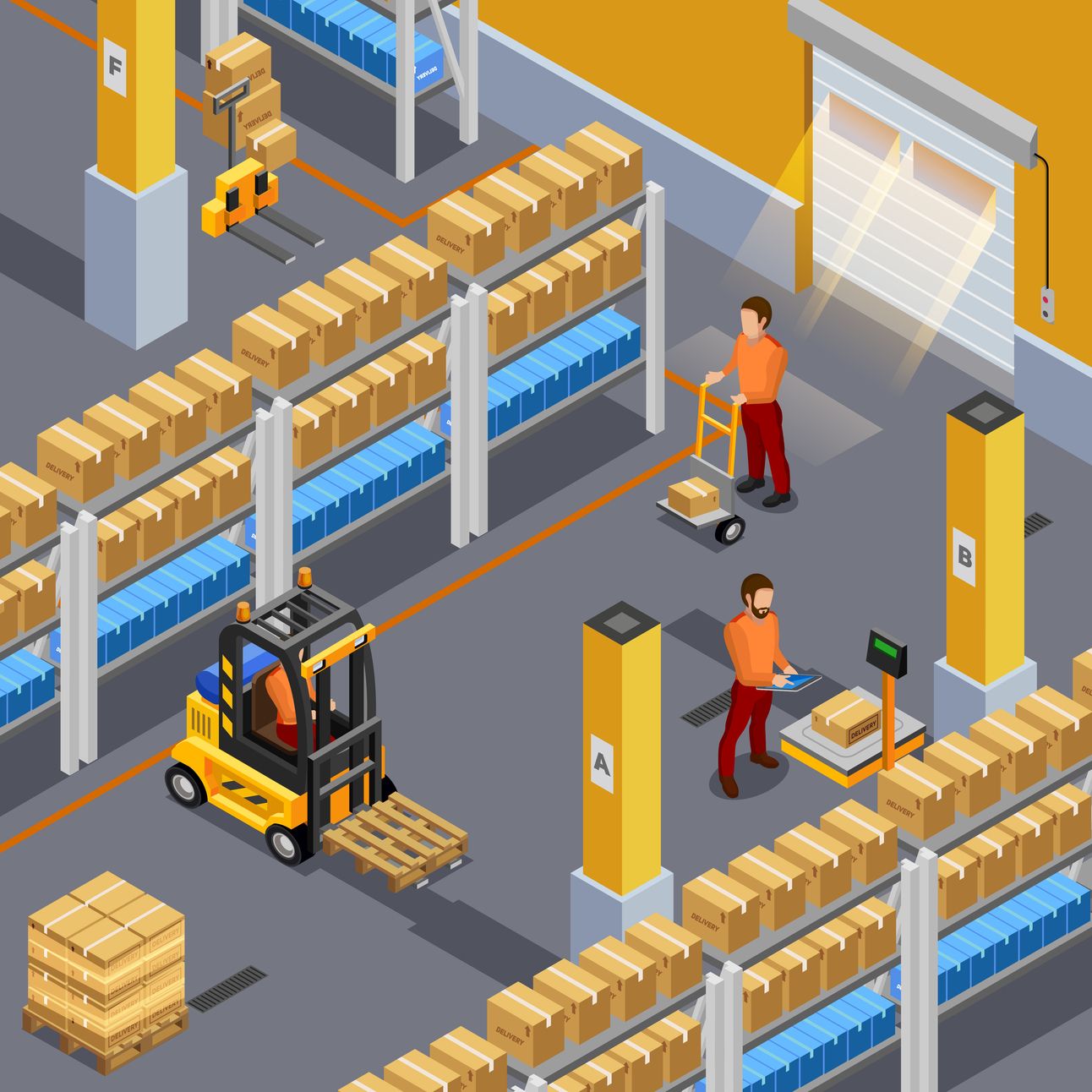
Last week we warned of rising temperatures over the summer and how hard conditions can be for warehouse workers. This week, OSHA introduced a rule that aims to protects workers against the extreme heat. The Department of Labor released a proposed rule Tuesday would require employers to develop a “Heat Injury and Illness Prevention Plan” to control and mitigate hazards in workplaces impacted by excessive heat. The rule would ask employers to ensure employees in these environments have access to enough water and are given adequate breaks from the elements, among other measures.
And judging by the last few months, our weekly newsletter just wouldn’t be complete without news of at least one potential looming strike. This week, the number of impending strikes reaches two. First, the Canadian rail disputes continue, with workers from Canadian National and Canadian Pacific Kansas City Southern — Canada’s largest railroads — overwhelmingly voting in favor of going on strike unless they get a new labor deal. Second, a joint action between the U.S.-based Truckers Movement for Justice (TMJ) and the Mexico-based United Mexican Carriers (TAMEXUN) and the Binational Carriers Union (STB) has been formulated to protest violence against drivers, low wages, and poor working conditions. Something to keep an eye on to see if either develops further.
WAREHOUSE OPERATIONS
3PL WAREHOUSING BUILDS MORE MOMENTUM AND LAWMAKERS TAKE AIM AT WAREHOUSE EMISSIONS
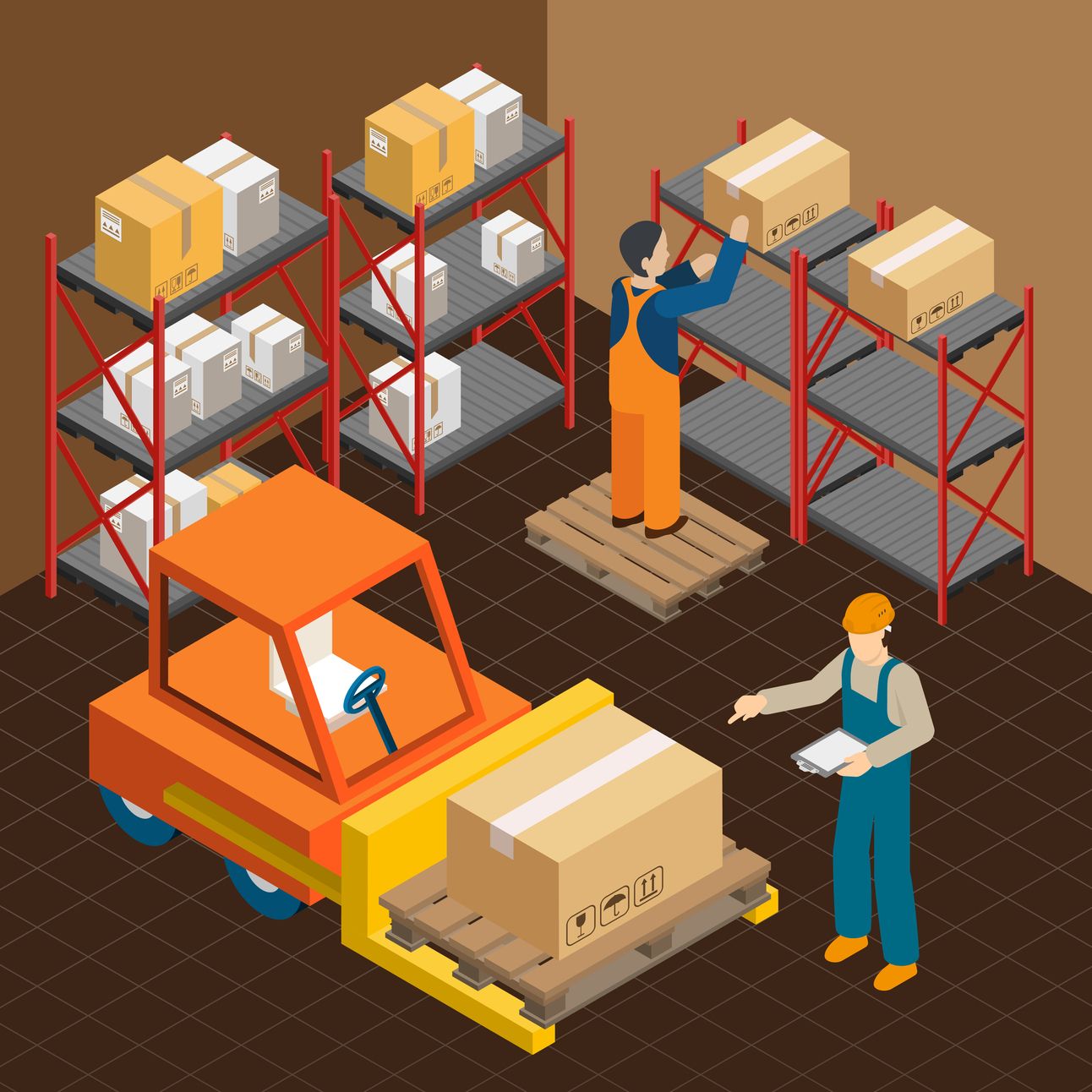
If the big players are using it, perhaps it’s time to consider it, right? Using outsourced third party logistics, warehousing, and fulfillment has been widely adopted over the years, and yet another big name company is opting to invest more heavily in the strategy. Levi Strauss & Co. is moving away from a primarily owned-and-operated distribution logistics network in the U.S. and Europe to one that includes third-party logistics providers. The move is being made as a result of an increase in e-commerce fulfillment requirements, as well as a way to reduce overall costs of fulfilment per unit. More and more companies are opting for at least a hybrid approach. If you haven’t checked lately to see if a 3PL warehouse can save money and improve operations, perhaps now is the time to take the leap.
And New Jersey lawmakers are taking swift action to try to reduce warehouse emissions. The recent proposal would force owners of warehouses larger than 50,000 square feet to reduce their emissions, which spew into the atmosphere and surrounding neighborhoods. In order to meet the law’s requirements, owners will be faced with buying zero-emission trucks, using zero-emission forklifts and other equipment, installing solar generation and switching some cargo out of trucks into light-duty vehicles or ferries. Regardless of whether the bill is passed, more and more communities across the nation are moving in this direction, so it seems that managing emissions will eventually become a requirement for warehouse operators on at least some level.
WAREHOUSE TECH
DRIVERLESS FORKLIFTS AND MORE HUMANOID ROBOTS OVERTAKE WAREHOUSE OPERATIONS
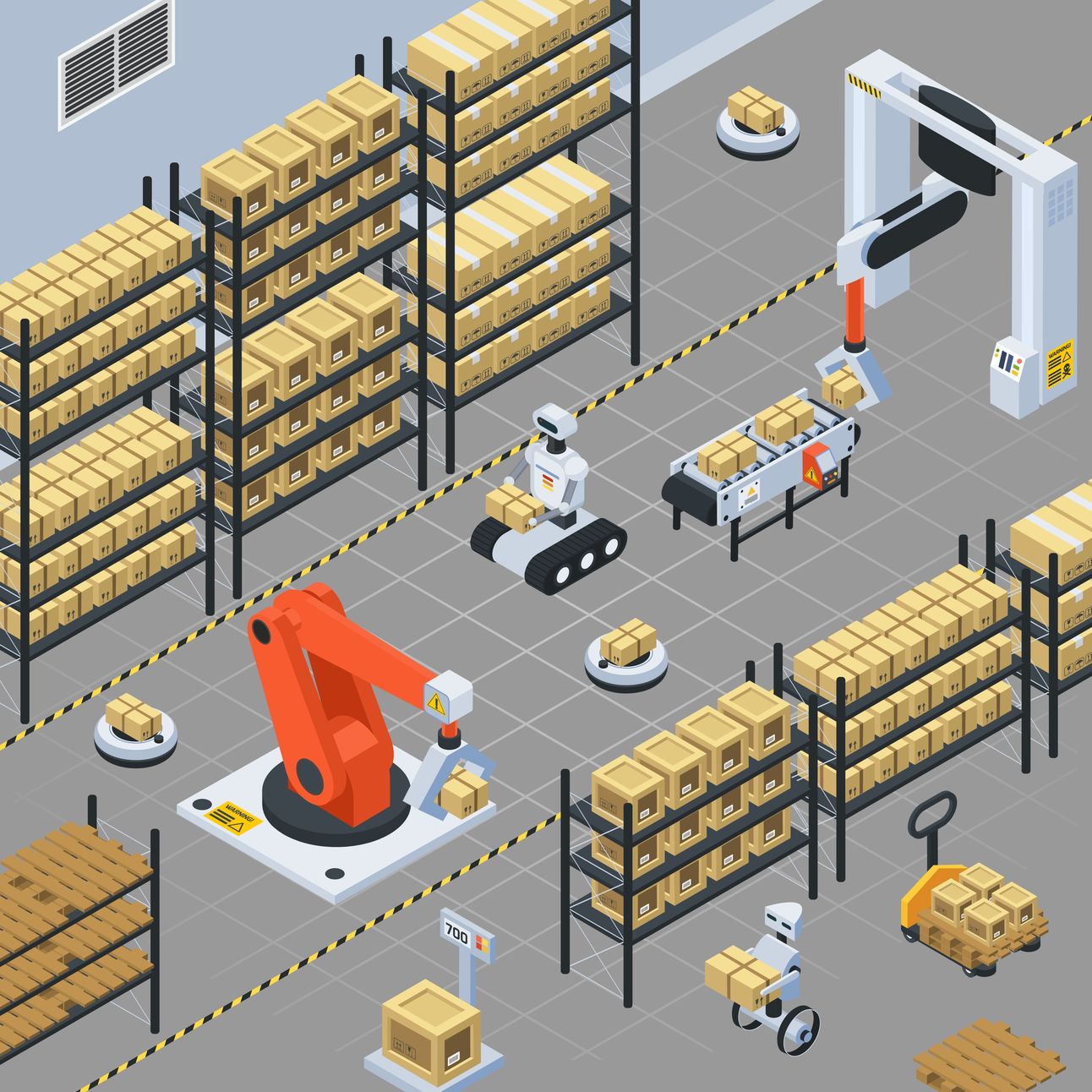
Amazon is not only using warehouse robots to automate day to day tasks, but the e-commerce giant is reportedly set to implement a driverless forklift initiative like no other. The company will be investing in driverless forklift tech company Balyo, with plans to cut costs and speed up deliveries.
But Amazon isn’t the only company employing the latest in warehouse tech. Humanoid robots are being employed to move underwear boxes at Spanx warehouses as well. As these technologies become more widely used, it will be interesting to see if the costs become affordable to SMBs.
WAREHOUSE QUICK DELIVERIES
RURAL AMERICA LOGISTICS BOOM TOWNS, CARGO SHIPS SLOWING THEIR SAILS, AND MORE
Online Shopping Creates 'Boom Towns' In Rural America
Some Cargo Ships Slow Their Sail To Congested Ports, Saving Money & Emissions
Nike Wins Annually, But Loses In Its Sales Climb In 4th Fiscal Quarter
“If you as a shipper have not arranged or dealt with your freight forwarder on how to navigate that time, I think you might be in for quite a ride.”